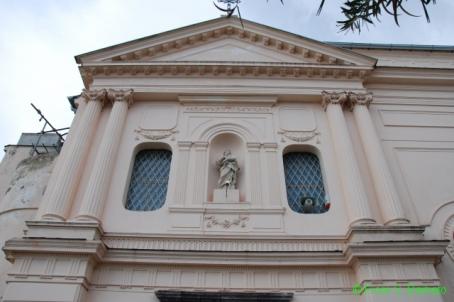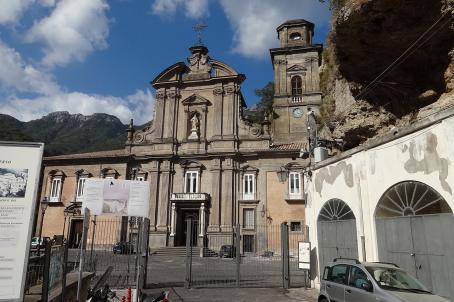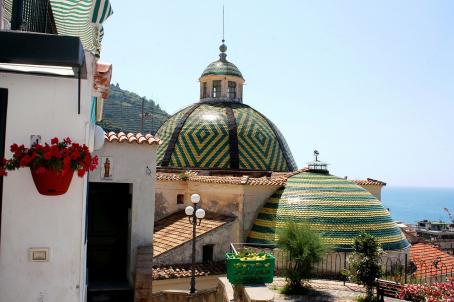Church of San Pietro
The church of San Pietro dates back to the end of the 10th century but its neoclassical structure is due to reconstruction in the 17th century. The bell tower, which sticks to the facade of the church, dates back to the 11th century. The church is typical of the Amalfi coast for its dome covered with coloured tiles.





